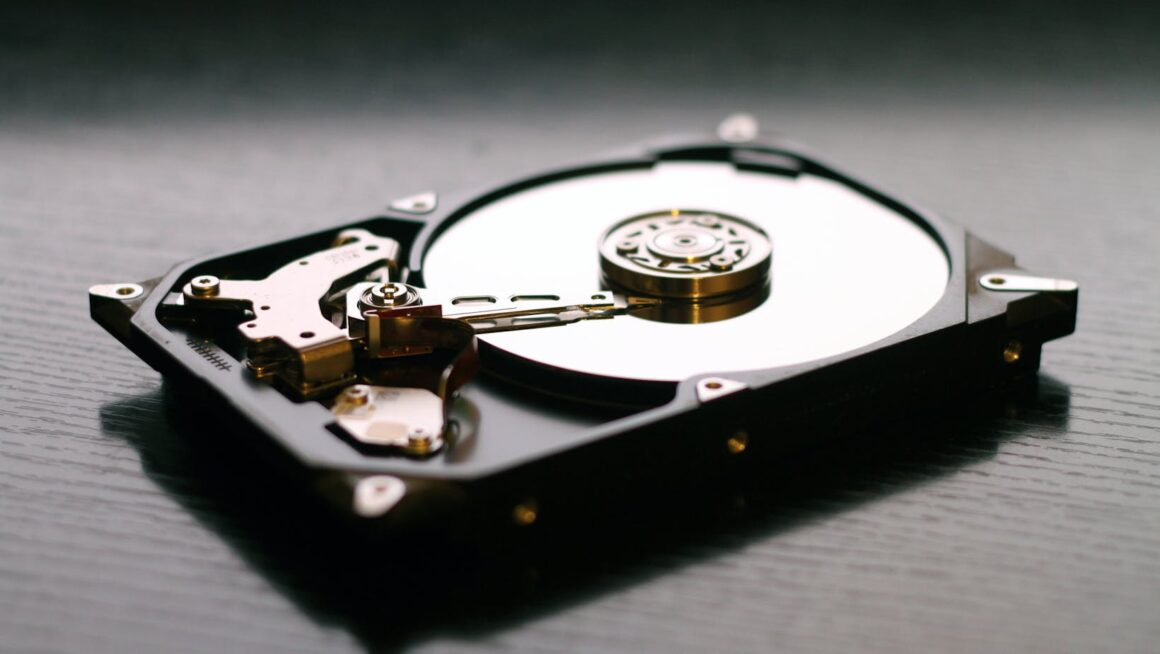So, you’ve got a prebuilt PC, and you’re wondering if it’s possible to upgrade it. You’re not alone. Many PC users find themselves asking this question as they seek to improve their machine’s performance, longevity, or both.
Upgrading a prebuilt PC isn’t just about boosting speed and power. It’s also about personalizing your computer to suit your unique needs and preferences. But how do you go about it, and what should you consider?
In this article, we’ll demystify the process of upgrading a prebuilt PC. We’ll explore the potential benefits, the challenges you might encounter, and some tips to make the process smoother. So, buckle up and get ready to supercharge your prebuilt PC.
Understanding Prebuilt PCs
A prebuilt PC, as the name suggests, is a computer that comes completely assembled and functional right out of the box. This includes all necessary hardware such as the Central Processing Unit (CPU), motherboard, Random Access Memory (RAM), hard drive, and graphics card, among other components. All these parts are enclosed in a case, usually stylishly designed, whereas in cases of assembling PCs, these are individual components that one must put together.
There are two main classes of prebuilt PCs: desktop computers and laptops. Desktop prebuilt PCs usually offer more leeway for upgrades compared to laptops because they have more space for additional or larger components. For-instances, you could easily replace the existing graphics card with a higher-end unit to improve gaming performance in desktop PCs.

You’ll find a variety of prebuilt PCs in the market, each designed to meet various user needs. Gaming prebuilt PCs, for instance, usually boast robust processors and graphics cards. These machines also typically include more RAM and hard drive space than standard prebuilt PCs — attributes that could be upgraded as per your specific needs.
Surprisingly, despite the apparent ease of use of prebuilt PCs, they’re often not the most cost-effective option in the long run, mainly due to their limited scalability. Prebuilt PCs are often equipped with proprietary components that might not be straightforward to upgrade or replace with standard, off-the-shelf parts.
Remember, tinkering with the internals of a prebuilt PC to upgrade it might invalidate the manufacturer’s warranty, a twist in the tale that could potentially rack up repair costs if something goes wrong. Hence, understanding the dynamics of your prebuilt PC and what’s possible to change and upgrade is vital to decide whether upgrading it is a feasible and economical option.
Can You Upgrade A Prebuilt PC
Indeed, upgrading a prebuilt PC comes with its unique sets of challenges yet remains possible. Advancements in the prebuilt PC market have increased potential for hardware customization, despite restrictions in scalability and compatibility. Three main components often see upgrades – the graphics card, RAM, and storage.
Starting with the graphics card, it’s often an ideal candidate for an upgrade. High-end games and multimedia applications demand superior graphics processing capabilities. Yet, be cautious of your PC’s power supply capacity. Upgrading to a powerful graphics card, if the power supply doesn’t support it, leads to inefficiency or damage. For instance, a high-performance Nvidia GeForce RTX 3080 requires a power supply of at least 750W.
Next, increasing the RAM can provide a significant performance boost, especially for multitasking and running memory-intensive applications. Although, compatibility constraints determine the maximum RAM capacity and type. For an example, ASUS ROG Strix G15 Gaming Desktop allows expansion up to 64GB DDR4 RAM.
Lastly, storage upgrades hold potential for both speed and capacity enhancements. Replacing a traditional hard disk drive (HDD) with a solid-state drive (SSD) can decrease loading times and improve overall system performance. An example is the Seagate BarraCuda SSD, boasting high-speed data transfers and reliability. However, always consider your PC’s storage interface – whether it is SATA or NVMe M.2 – to ensure compatibility.

As stated, be conscious of the warranty conditions often accompanying prebuilt PCs. Upgrades might render warranties null, leaving you liable for damages. It’s recommended to cross-verify with the warranty documentation to determine potential risks. As seen with companies like Dell or HP, warranty terms vary, placing the onus on you, the consumer, to discern constraints.
Optimizing prebuilt PCs through upgrades proves achievable within physical, technical, and warranty-bound constraints. Although it may not offer the high scalability of custom builds, educated decisions can harness significant enhancements for your prebuilt PC. These potential upgrades pave the way towards a more personalized, performance-centric computing experience.
